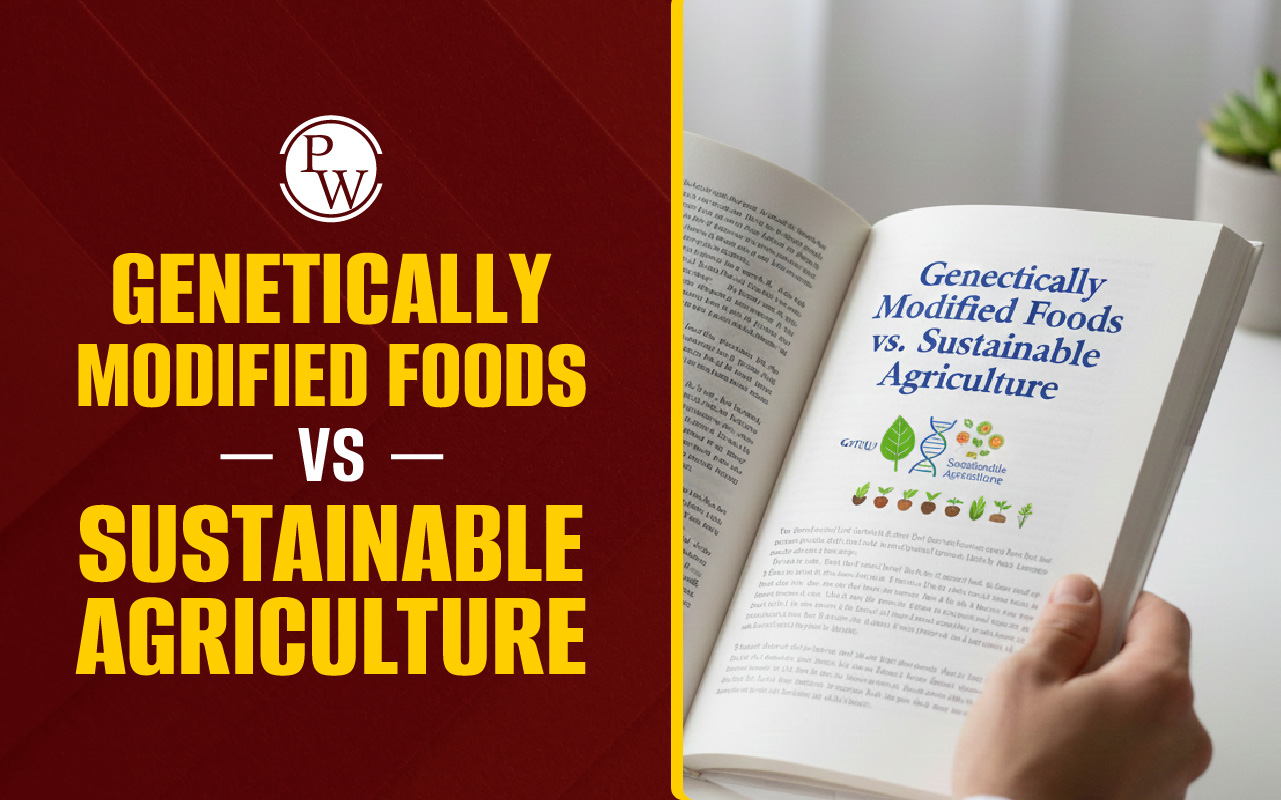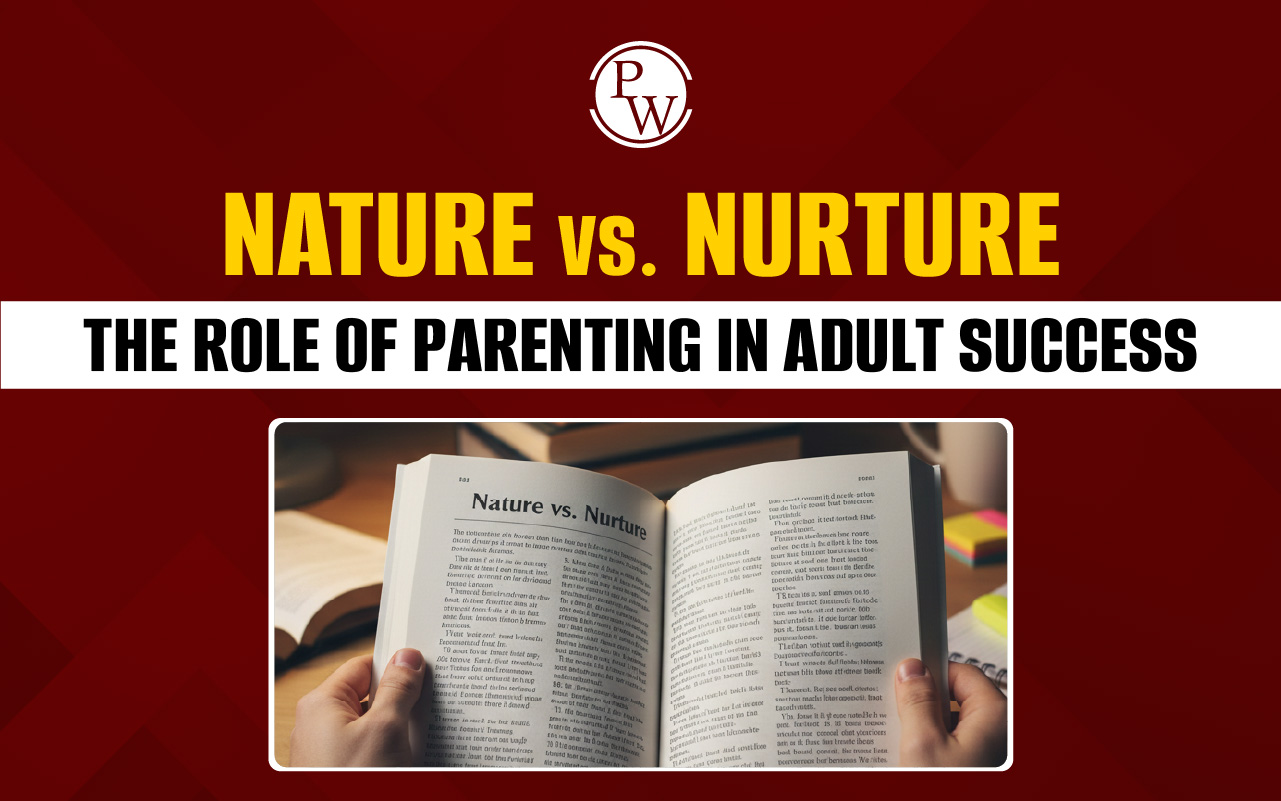
New Agriculture in Oregon US Reading Answers: The IELTS Reading section often includes passages related to environmental science, agriculture, and innovation. New Agriculture in Oregon US is one such passage that tests your ability to understand key ideas, locate specific information, and follow logical arguments. This reading text focuses on the agricultural reforms in Oregon, USA, highlighting sustainable practices such as integrated pest management (IPM) and collaborative research with Oregon State University. In this guide, you’ll find the complete answers to Questions 1–13 with clear location references and explanations to help you improve your IELTS Reading score.
Free IELTS Reading Practice Tests
New Agriculture in Oregon US Reading Answers Passage
You should spend about 20 minutes on Questions 1-13, based on the reading passage.
New Agriculture in Oregon, US
-
Onion growers in eastern Oregon are adopting a system that saves water and keeps topsoil in place while producing the highest quality “super-colossal” onions. Pear growers in southern Oregon have reduced their use of some of the most toxic pesticides by up to two-thirds, and are still producing top-quality pear. Range managers throughout the state have controlled the poisonous weed tansy ragwort with insect predators and saved the Oregon livestock industry up to $4.8 million a year.
-
These are some of the results Oregon growers have achieved in collaboration with Oregon State University (OSU) researchers as they test new farming methods including integrated pest management (IPM). Nationwide, however, IPM has not delivered results comparable to those in Oregon. A recent U.S General Accounting Office (GAO) report indicates that while integrated pest management can result in dramatically reduced pesticide use, the federal government has been lacking in effectively promoting that goal and implementing IPM. Farmers also blame the government for not making the new options of pest management attractive. “Wholesale changes in the way that farmers control the pests on their farms is an expensive business.” Tony Brown, of the National Farmers Association, says. “If the farmers are given tax breaks to offset the expenditure, then they would willingly accept the new practices.” The report goes on to note that even though the use of the riskiest pesticides has declined nationwide, they still make up more than 40 percent of all pesticides used today; and national pesticide use has risen by 40 million kilograms since 1992. “Our food supply remains the safest and highest quality on Earth but we continue to overdose our farmland with powerful and toxic pesticides and to under-use the safe and effective alternatives,” charged Patrick Leahy, who commissioned the report. Green action groups disagree about the safety issue. “There is no way that habitual consumption of foodstuffs grown using toxic chemical of the nature found on today’s farms can be healthy for consumers,” noted Bill Bowler, spokesman for Green Action, one of many lobbyists interested in this issue.Best restaurants near me
-
The GAO report singles out Oregon’s apple and pear producers who have used the new IPM techniques with growing success. Although Oregon is clearly ahead of the nation, scientists at OSU are taking the Government Accounting Office criticisms seriously. “We must continue to develop effective alternative practices that will reduce environmental hazards and produce high-quality products,” said Paul Jepson, a professor of entomology at OSU and new director of
-
OSU’s Integrated Plant Protection Centre (IPPC). The IPPC brings together scientists from OSU’s Agricultural Experiment Station, OSU Extension service, the U.S. Department of Agriculture and Oregon farmers to help develop agricultural systems that will save water and soil, and reduce pesticides. In response to the GAO report, the Centre is putting even more emphasis on integrating research and farming practices to improve Oregon agriculture environmentally and economically.
-
“The GAO report criticizes agencies for not clearly communicating the goals of IPM,” said Jepson. “Our challenge is to greatly improve the communication to and from growers, to learn what works and what doesn’t. the work coming from OSU researchers must be adopted in the field and not simply languish in scientific journals.”
-
In Oregon, growers and scientists are working together to instigate new practices. For example, a few years ago scientists at OSU’s Malheur Experiment Station began testing a new drip irrigation system to replace old ditches that wasted water and washed soil and fertilizer into streams. The new system cut water and fertilizer use by half kept topsoil in place and protected water quality.
-
In addition, the new system produced crops of very large onions, rated “super-colossal” and highly valued by the restaurant industry and food processors. Art Pimms, one of the researchers at Malheur comments: “Growers are finding that when they adopt more environmentally benign practices, they can have excellent results. The new practices benefit the environment and give the growers their success.”
-
OSU researcher in Malheur next tested straw mulch and found that it successfully held soil in place and kept the ground moist with less irrigation. In addition, and unexpectedly, the scientists found that the mulched soil created a home for beneficial beetles and spiders that prey on onion thrips – a notorious pest in commercial onion fields – a discovery that could reduce the need for pesticides. “I would never have believed that we could replace the artificial pest controls that we had before and still keep our good results,” commented Steve Black, a commercial onion farmer in Oregon, “but instead we have actually surpassed expectations.”
-
OSU researchers throughout the state have been working to reduce dependence on broad-spectrum chemical spays that are toxic to many kinds of organisms, including humans. “Consumers are rightly putting more and more pressure on the industry to change its reliance on chemical pesticides, but they still want a picture-perfect product,” said Rick Hilton, an entomologist at OSU’s Southern Oregon Research and Extension Centre, where researches help pear growers reduce the need for highly toxic pesticides. Picture perfect pears are an important product in Oregon and traditionally they have required lots of chemicals. In recent years, the industry has faced stiff competition from overseas producers, so any new methods that growers adopt must make sense economically as well as environmentally. Hilton is testing a growth regulator that interferes with the molting of codling moth larvae. Another study used pheromone dispensers to disrupt codling moth mating. These and other methods of integrated pest management have allowed pear growers to reduce their use of organophosphates by two-thirds and reduce all other synthetic pesticides by even more and still produce top-quality pears. These and other studies around the state are part of the effort of the IPPC to find alternative farming practices that benefit both the economy and the environment.
Also Read:
New Agriculture in Oregon US Reading Answers Sample Questions
Question 1–4
The Reading Passage has sections A–I.
Which section contains the following information?
Write the correct letter A–I in boxes 1–4 on your answer sheet.
NB You may use any letter more than once.
-
A method that helped improve both onion size and environmental protection
-
A researcher’s concern that scientific results should be implemented in practice
-
A description of using insects to manage a weed problem
-
A suggestion that government should support farmers financially during transitions
Questions 5–10
Complete the sentences below.
Choose NO MORE THAN ONE WORD from the passage for each answer.
Write your answers in boxes 5–10 on your answer sheet.
-
Onion growers in eastern Oregon improved water use by introducing a new __________ system.
-
The reduction in pesticide use has helped Oregon produce __________ pears.
-
Pheromone dispensers are used to prevent codling moths from __________.
-
The straw mulch retained soil and attracted __________ that helped control pests.
-
Oregon farmers collaborated with __________ to test alternative farming practices.
-
A recent GAO report indicated poor __________ of IPM goals by federal agencies.
Questions 11–13
Choose the correct letter, A, B, C or D.
Write the correct letter in boxes 11–13 on your answer sheet.
-
What is the main reason many farmers hesitate to adopt new pest control methods?
A. They are unsure about the effectiveness
B. They are concerned about crop quality
C. They fear losing government subsidies
D. They consider it too costly without support -
According to Paul Jepson, what is a key priority for improving IPM success?
A. Publishing in more scientific journals
B. Using more fertilisers and pesticides
C. Improving communication with growers
D. Stopping all pesticide use immediately -
What unexpected benefit came from using straw mulch in onion fields?
A. It increased fertiliser absorption
B. It reduced onion crop size
C. It supported natural pest predators
D. It created better drainage in soil
| Section wise IELTS Band Score Links | |
|---|---|
| IELTS Reading Band Score | IELTS Listening Band Score |
| IELTS Speaking Band Score | IELTS Writing Band Score |
New Agriculture in Oregon US Reading Answers with Explanations
Answers to Questions 1-13
|
Q No. |
Answer |
Answer Location (Section & Line Reference) |
|
1 |
H |
Section H – Mentions the drip irrigation system that reduced waste and produced "super-colossal" onions. |
|
2 |
G |
Section G – Jepson states: "The work coming from OSU researchers must be adopted in the field..." |
|
3 |
A |
Section A – "Range managers throughout the state have controlled the poisonous weed tansy ragwort with insect predators..." |
|
4 |
B |
Section B – Tony Brown mentions financial concerns and the need for tax breaks for farmers. |
|
5 |
drip |
Section H – "Scientists... began testing a new drip irrigation system to replace old ditches..." |
|
6 |
quality |
Section A – "…still producing top-quality pear." |
|
7 |
mating |
Section I – "Another study used pheromone dispensers to disrupt codling moth mating." |
|
8 |
beetles |
Section H – "…mulched soil created a home for beneficial beetles and spiders that prey on onion thrips..." |
|
9 |
researchers |
Section A – "…achieved in collaboration with Oregon State University (OSU) researchers..." |
|
10 |
communication |
Section G – "The GAO report criticizes agencies for not clearly communicating the goals of IPM..." |
|
11 |
D |
Section B – Tony Brown: "Wholesale changes… is an expensive business… if farmers are given tax breaks…" |
|
12 |
C |
Section G – Jepson: "Our challenge is to greatly improve the communication to and from growers..." |
|
13 |
C |
Section H – "…mulched soil created a home for beneficial beetles and spiders… could reduce the need for pesticides." |
Guidance to PW
The IELTS Online Courses is a great initiative taken by Physics Wallah to help IELTS aspirants better prepare for the exam. Follow our below pages to learn more about the IELTS exam.| What is IELTS Exam? | Documents Required for IELTS Registration |
| IELTS exam eligibility requirements | IELTS Exam Fees |
| IELTS test results | IELTS Exam Pattern |
Spider Silk 2 Reading Answers FAQs
What types of questions are included in the Spider Silk 2 Reading passage?
How can I find the answers quickly in the Spider Silk 2 passage?
Why is dragline silk important according to the passage?
Does the passage say spider silk is stronger than steel?
Are all spiders able to produce the same types of silk?










